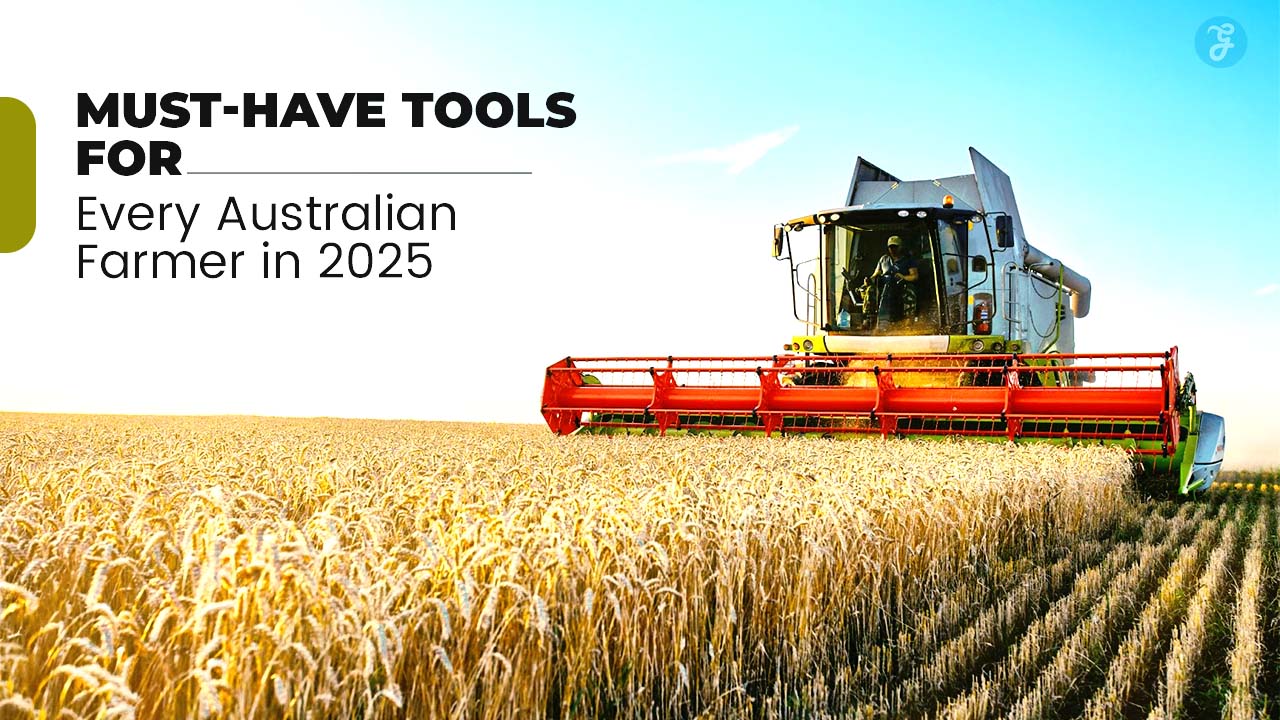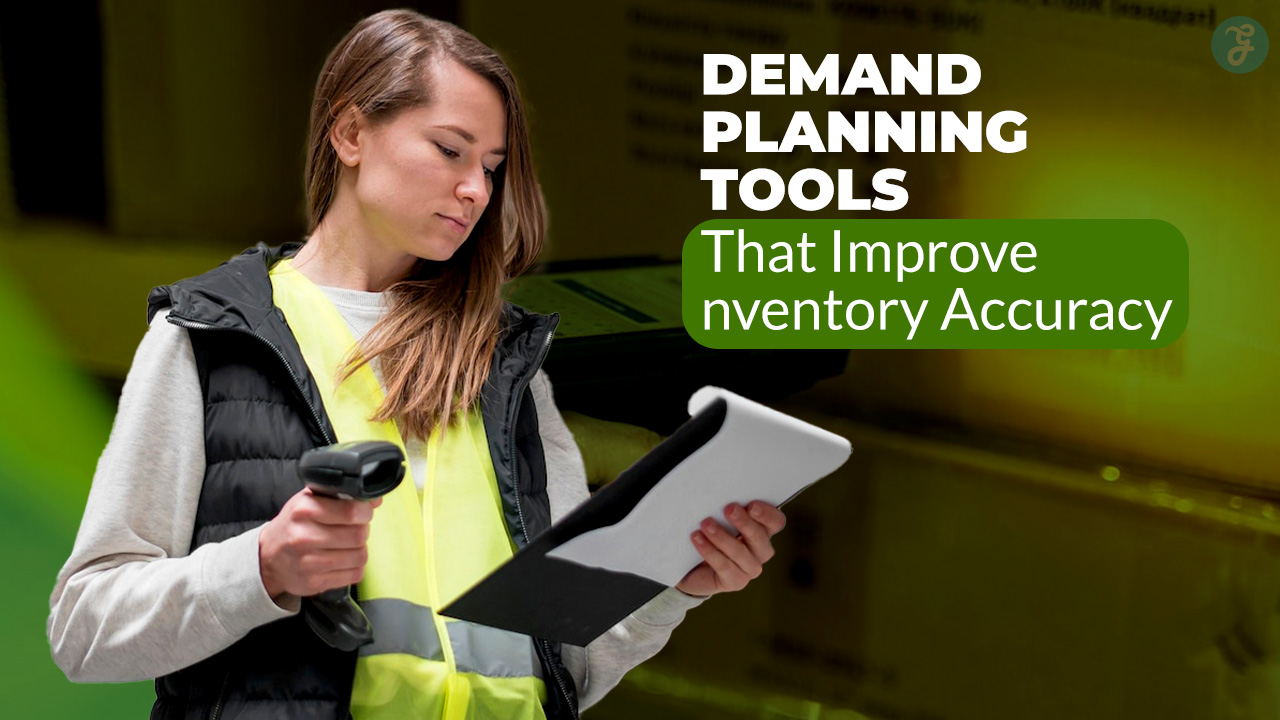Farming in Australia is a unique challenge. With vast landscapes, unpredictable weather, and rising labor costs, Australian farmers must adopt innovative tools to stay competitive and sustainable. The agricultural machinery market in Australia is booming, with an expected growth rate of 8.2% CAGR from 2024 to 2029, reaching USD 6.68 billion by 2029.
Investing in the must-have tools for Australian farmers is no longer optional—it’s essential for improving productivity, reducing costs, and addressing environmental challenges.
In this article, we’ll explore the 10 must-have tools for every Australian farmers, highlighting their benefits and how they can revolutionize farming operations.
Why You Need Must-Have Tools for Australian Farmers
Australian agriculture contributes around 4% of the country’s GDP, but farmers face several challenges:
- Climate Uncertainty: Droughts and erratic rainfall patterns make water management critical.
- Labor Shortages: Rising labor costs and a shrinking agricultural workforce demand automation.
- Sustainability Goals: Farmers are under pressure to adopt eco-friendly practices.
Key Benefits of Advanced Farming Tools:
| Challenge | Solution Provided by Tools |
| Water Scarcity | Precision irrigation systems optimize water usage. |
| Labor Shortages | Automation tools like autonomous tractors reduce reliance on manual labor. |
| Climate Change | Weather monitoring systems help adapt to changing conditions. |
By adopting these tools, Australian farmers can increase efficiency, reduce costs, and future-proof their operations.
1. GPS-Guided Tractors
GPS-guided tractors are transforming farming by enabling precise planting, tilling, and harvesting. These tractors use satellite technology to ensure accuracy in field operations.
Benefits of GPS-Guided Tractors:
- Minimize overlap during planting and harvesting.
- Reduce fuel consumption and labor costs.
- Improve crop yield consistency with precise field mapping.
Example: John Deere’s GPS-enabled tractors are widely used across Australia for their advanced features and reliability.
2. Drones for Crop Monitoring
Drones equipped with cameras and sensors provide real-time data on crop health, soil conditions, and pest infestations. They allow farmers to monitor large areas quickly and make informed decisions.
Benefits of Drones:
- Early detection of pests or diseases.
- Optimized use of fertilizers and pesticides.
- Reduced labor costs for crop monitoring.
Example: The DJI Agras T30 drone is specifically designed for agricultural applications, offering high-resolution imaging and precision spraying capabilities.
3. Automated Irrigation Systems
Water management is critical in Australia’s dry climate. Automated irrigation systems use sensors to measure soil moisture levels and deliver water only where it’s needed.
Features of Automated Irrigation Systems:
| Feature | Benefit |
| Soil Moisture Sensors | Prevents overwatering and conserves water resources. |
| Automated Scheduling | Reduces labor by automating irrigation processes. |
Example: Netafim’s precision irrigation systems are tailored for Australian farms, helping farmers save water while maintaining healthy crops.
4. Livestock Monitoring Systems
Wearable devices and sensors are transforming livestock management by providing real-time data on animal health, behaviour, and location.
Benefits of Livestock Monitoring Systems:
- Improve animal welfare with health tracking.
- Reduce losses caused by undetected illnesses or injuries.
- Enhance productivity through better herd management.
Example: Farmbot Livestock Monitoring System is widely used in cattle farming across Australia for its accuracy and ease of use.
5. Soil Testing Kits
Soil testing kits are essential for understanding soil composition and improving crop yields. These portable kits provide instant results on pH levels, nutrients, and moisture content.
Benefits of Soil Testing Kits:
- Help select the right fertilizers for specific soil types.
- Improve crop quality by addressing nutrient deficiencies.
- Reduce costs by avoiding unnecessary fertilizer use.
Example: The LaMotte Soil Test Kit is a popular choice among Australian farmers due to its portability and accuracy.
6. Autonomous Harvesters
Autonomous harvesters are AI-driven machines that identify ripe crops for harvesting without human intervention. These tools reduce labor dependency while ensuring efficient harvesting during peak seasons.
Features of Autonomous Harvesters:
- Operate 24/7 without fatigue.
- Use AI technology to detect crop ripeness.
- Minimize waste by harvesting only mature crops.
Example: Case IH Autonomous Combine Harvester is a leading option for large-scale farms looking to increase efficiency during harvest season.
7. Weather Monitoring Systems
Australia’s unpredictable weather makes accurate forecasting essential for planning farm operations. Weather monitoring systems provide real-time updates on temperature, rainfall, wind speed, and humidity.
Features of Weather Monitoring Systems:
| Feature | Benefit |
| Real-Time Updates | Helps farmers adjust schedules based on weather conditions. |
| Extreme Weather Alerts | Protects crops and livestock from potential damage. |
Example: Kestrel Weather Meters are trusted by Australian farmers for their portability and precise measurements.
8. Crop Management Software
Crop management software helps farmers monitor crop performance, manage resources efficiently, and track planting schedules.
Benefits of Crop Management Software:
- Centralized data tracking for planting, fertilization, and pest control.
- Data analytics to improve decision-making.
- Integration with other farm equipment for seamless operations.
Example: Farmonaut Precision Farming App is popular among tech-savvy Australian farmers for its user-friendly interface and comprehensive features.
9. Electric Fencing Systems
Electric fencing protects crops and livestock from predators or trespassers. Modern systems include solar-powered options that are ideal for remote areas without access to electricity.
Features of Electric Fencing Systems:
- Adjustable voltage settings for different types of animals.
- Solar-powered options reduce energy costs.
- Durable materials designed for harsh Australian conditions.
Example: Gallagher Solar Electric Fence Systems are widely used across Australia due to their reliability in remote locations.
10. On-Farm Renewable Energy Solutions
Renewable energy solutions such as solar panels and wind turbines are becoming increasingly popular among Australian farmers looking to reduce energy costs while adopting sustainable practices.
Benefits of Renewable Energy Solutions:
- Lower electricity bills through self-sufficient energy production.
- Reduce carbon footprint with eco-friendly power sources.
- Qualify for government incentives promoting renewable energy adoption.
Example: Solar-powered irrigation pumps are widely used in Australia’s rural areas to ensure sustainable water management while lowering operational costs.
Takeaway
The future of farming in Australia depends on adopting innovative tools that improve efficiency, sustainability, and productivity.
By investing in the must-have tools for every Australian farmer, you can address challenges like water scarcity, labor shortages, and unpredictable weather while staying competitive in a rapidly evolving industry.
These tools not only enhance farm productivity but also ensure long-term sustainability amidst changing environmental conditions. Start exploring these solutions today to future-proof your farm operations!













































